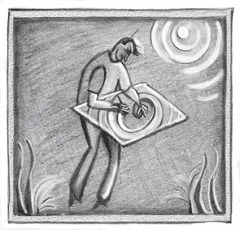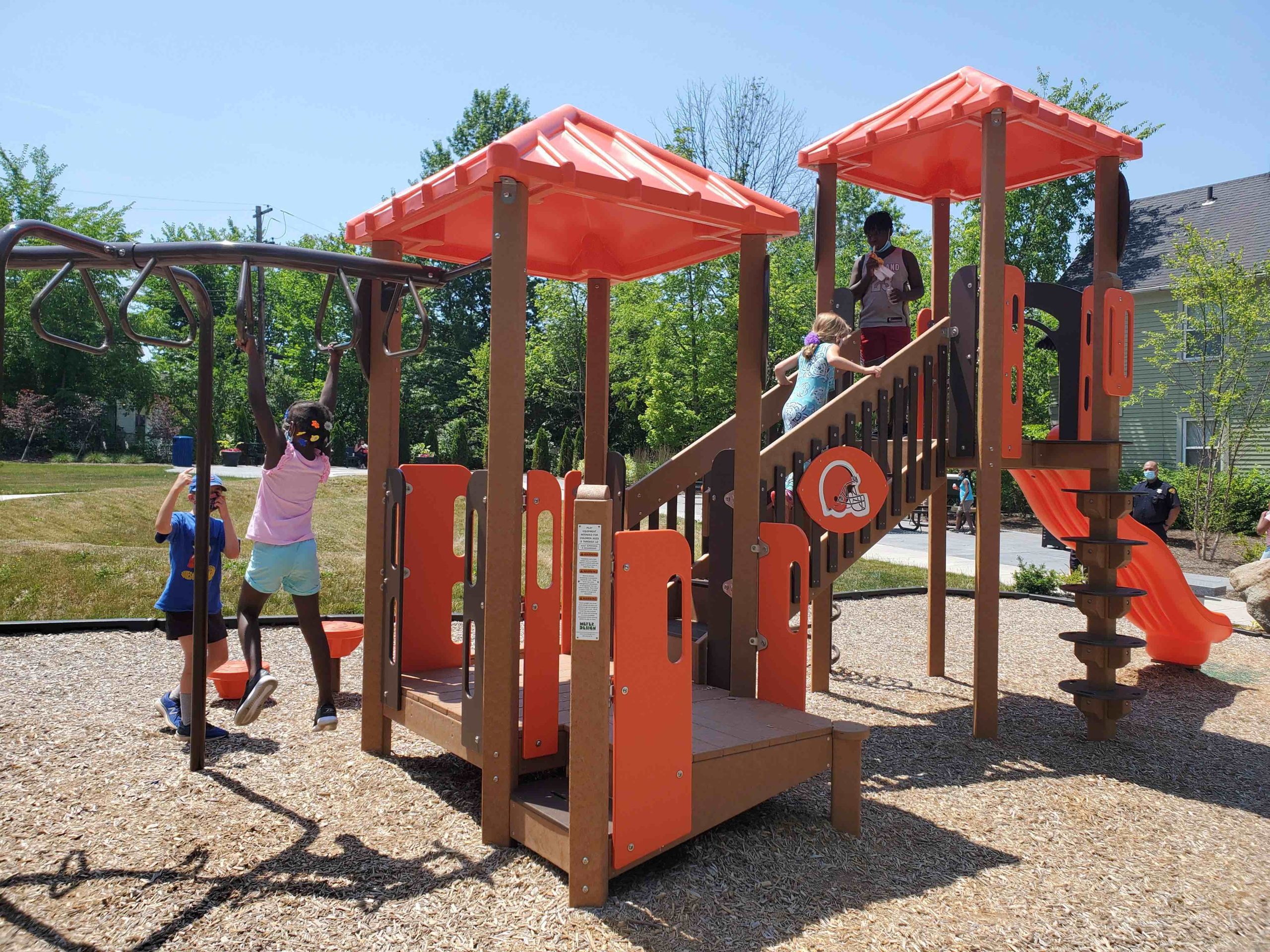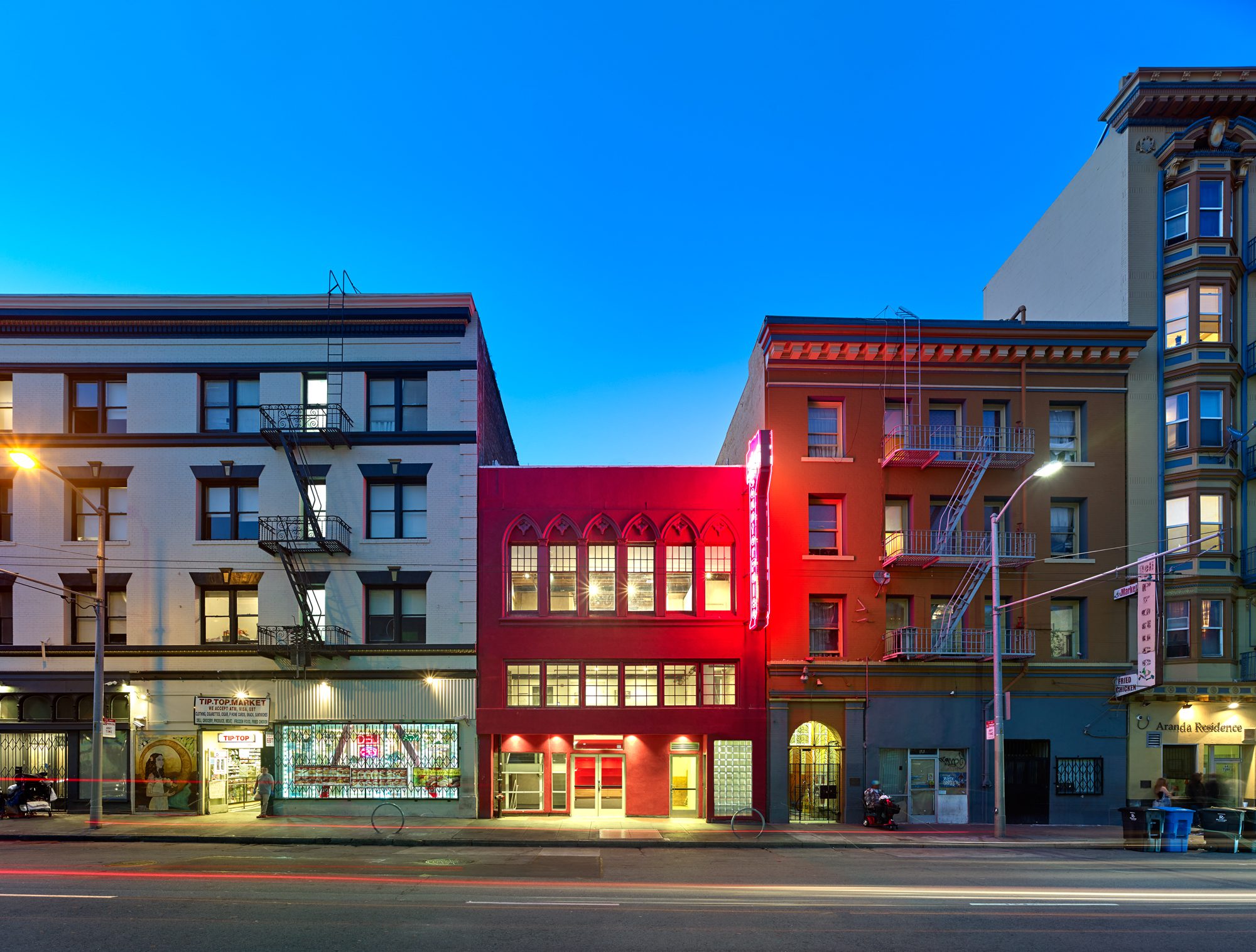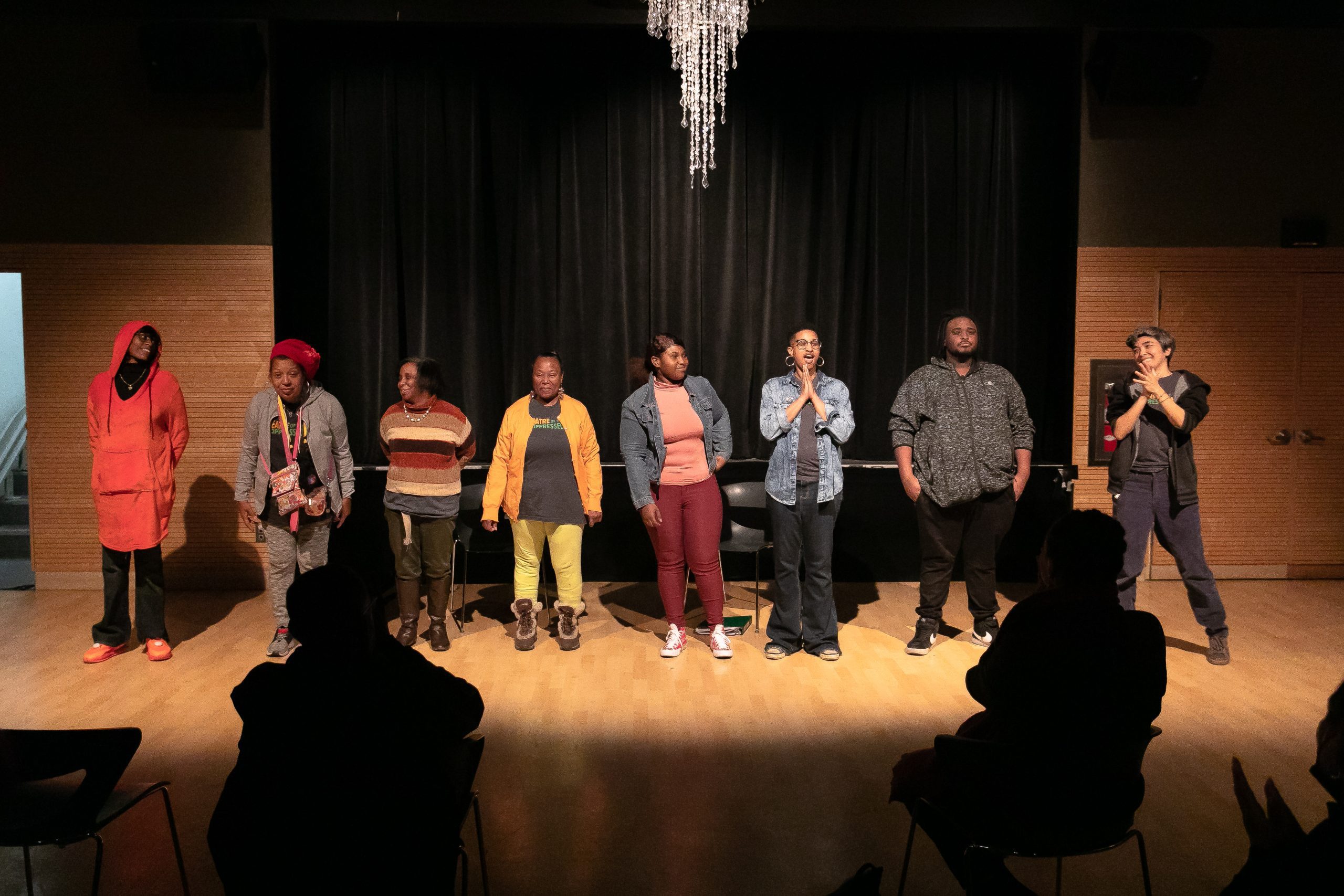
Of course when this approach is too successful, the artists and cultural workers can sometimes find themselves priced out of a community, to the community's detriment.
That's why both as an effort to jumpstart revitalization and to preserve it, many cities, and some community development groups, have taken to building affordable artists housing—often in the form of live-work studio spaces. Some of them are even being designated as permanentally affordable.
Unfortunately, the legal ability to use tax credits to build artist-only housing seems to have taken a dark turn in some places.
CityLab's Alana Semuels covers on an Institute of Metropolitan Opportunity report that found that tax-credit built housing restricted to artists in Minneapolis is located in already-hip neighborhoods and pitched at the very upper end of the allowable rent range, with additional fees and costs putting it out of reach for many low-income families.
Oh, and it somehow happens to be 85 percent white, when the low-income population of Minneapolis is distinctly not. I'm willing to bet that the artist population of Minneapolis is not either, though the census won't tell us that.
As nice it must be for any artist to catch a break on rent, this seems like a perversion of the goal of community development—increasing segregation, focusing scarce housing resources on the less needy without specific neighborhood goals in mind.
It also seems like it might be a manifestation of an ongoing tension in arts-based revitalization conversations about who is an “artist.” Do you need formal training? To be earning your living with your art? To be working in certain accepted traditional art forms? Too often there is an assumption that an artist is someone who will come in from the outside to a distressed community, while artists indigenous to that community are overlooked.
I don't think the answer is to abandon the idea of artists' housing (and studio space) as a tool in the healthy communities toolbox, but clearly there's a need for more of a conversation of who it should serve and how. Does your organization develop or manage artist housing? How do you handle these questions?
(Photo credit: Ade McOran-Campbell, via flickr, CC BY-NC 2.0)





Comments